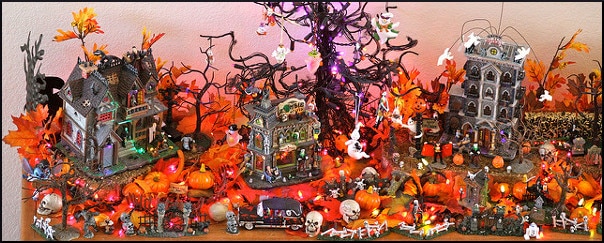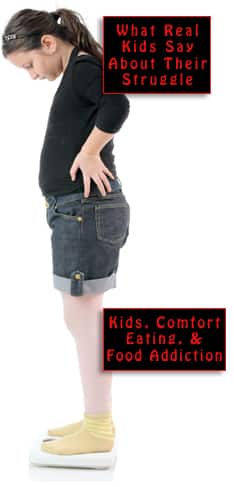
So we’ve been talking about Halloween with three major precepts in mind. The goals are to minimize candy acquisition, retention and consumption. If acquisition can be minimized, the other two points become moot. What can we do to make the collection of Halloween candy less important? One answer is to remodel the holiday by switching the emphasis to creativity and participation.
A good starting tactic is to shine the spotlight on giving, rather than getting. If the family traditionally participates in the trick-or-treat ritual by passing out candy, a parent can introduce change simply by asking for ideas about what will be distributed instead. The candy part isn’t open for discussion, but everything else is. Kids might not fully grasp the multitude of inexpensive alternatives that are available, so below are a few suggestions to start off with.
Stickers, stamps, noisemakers, kazoos, glow sticks (and necklaces and bracelets), temporary tattoos, Halloween-themed pencils, finger puppets, crayons, vampire teeth, miniature jack-o-lanterns, tiny yo-yos, modeling clay, small bottles of bubble soap, erasers, little rubber balls, balloons, plastic cars or planes, little puzzles, foam shapes, googly eyes, colorful pipe cleaners, plastic animals…
Many online companies offer trinkets and gizmos in bulk amounts. Many cities have “dollar stores” where vast quantities of fascinating gimcracks and geegaws can be bought for cheap. Of course, the villain we want to avoid is sugar. Some opt for sugar-free candy or gum, or miniature units of fish crackers or pretzels, but to avoid arguments about “Why is this candy okay but not that other candy?” it might be politic to limit the options to non-edible items.
This may sound weird, but…
If you really want to get fancy, plan to give each trick-or-treater a quarter coin, or a couple of them. Here’s the trick. Get hold of some tissue paper and ribbon in the official Halloween colors, and sit down with your child or children to dress up the quarters. Cut a four-inch square of black tissue paper (two layers works better than one), set a coin or coins in the middle, bunch the paper together and give it a twist, then tie it with orange ribbon.
In fact, the same gift-wrapping could be done with whatever little non-candy treats have been chosen. Cute wrapping makes it more special, and there is another advantage. Any hardline, regressive trick-or-treater who might be inclined to make a fuss about not receiving candy will be stymied. Who’s going to pause, in the desperate rush to hit as many houses as possible, to open a mystery package right there and then?
But this gift-wrapping idea is so time-consuming! Which is exactly the point. When kids are small, what they treasure more than anything is face time with a parent. Take advantage of that precious window of opportunity before it’s too late. Relax, and invest some time in doing an easy, no-pressure task with the child or children. It might even be an opportunity to answer questions, in a calm and unpreachy way, about why sugary treats are to be avoided.
Parents and other caregivers, if you need a refresher course on that subject, we recommend any or all of the following Childhood Obesity News posts:
Should Sugar Be the Boss of Us?
How Evil Is Sugar?
The Gateway Drug: Sugar, Part 1
Sugar, Addiction, and Sugar Addiction
Your responses and feedback are welcome!
Photo credit: Kevin Dooley via Visualhunt/CC BY

 FAQs and Media Requests:
FAQs and Media Requests: 











